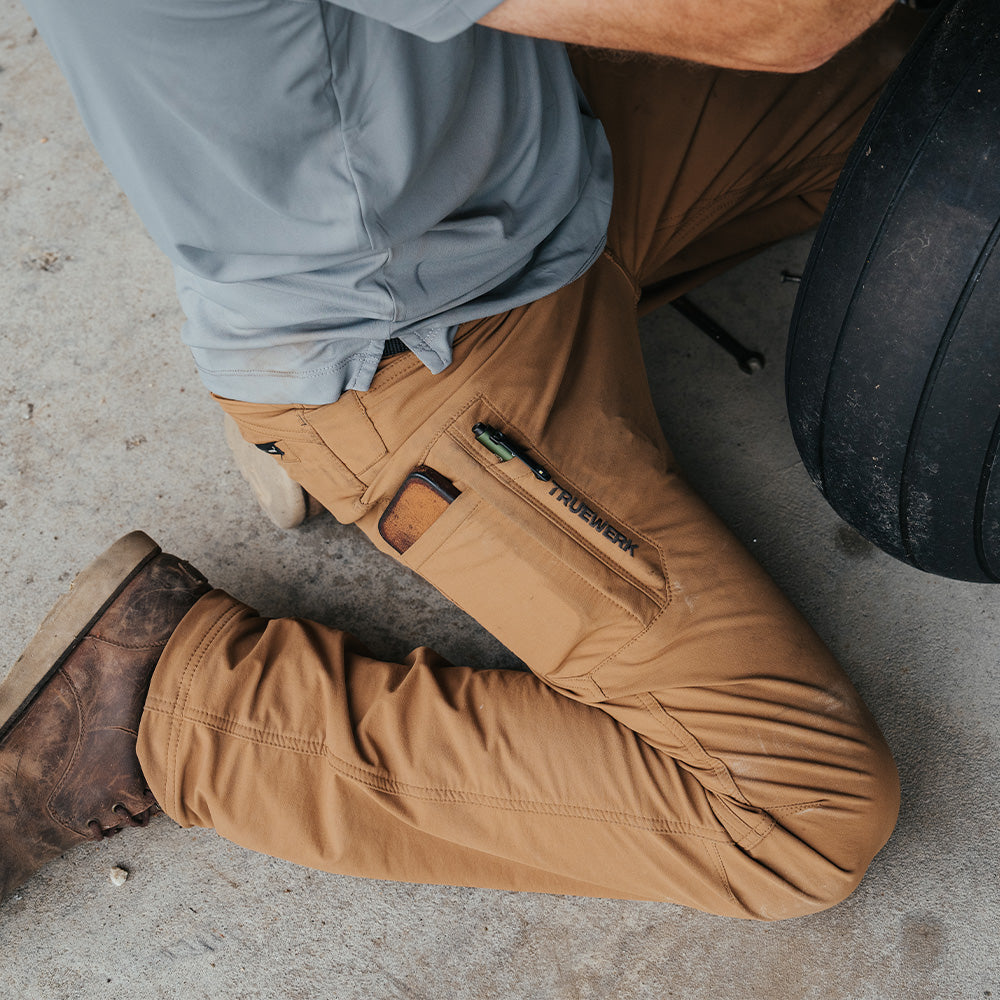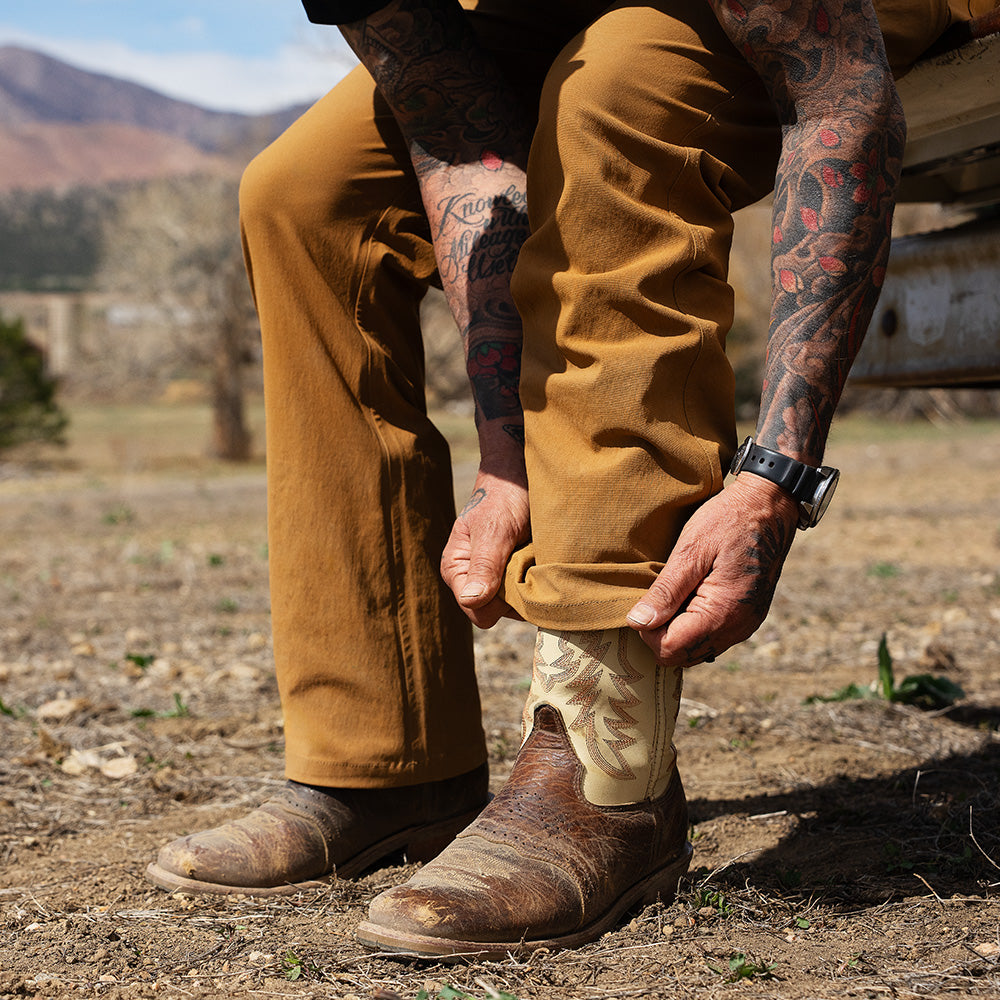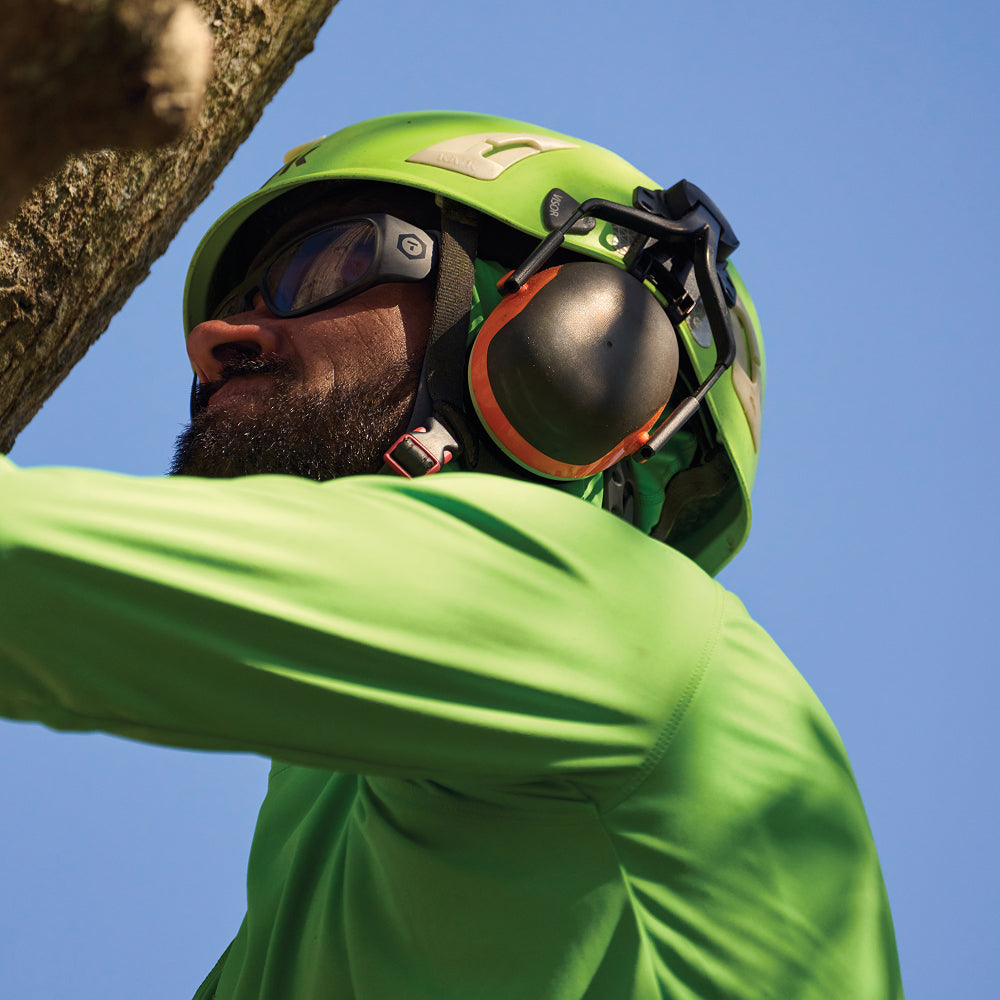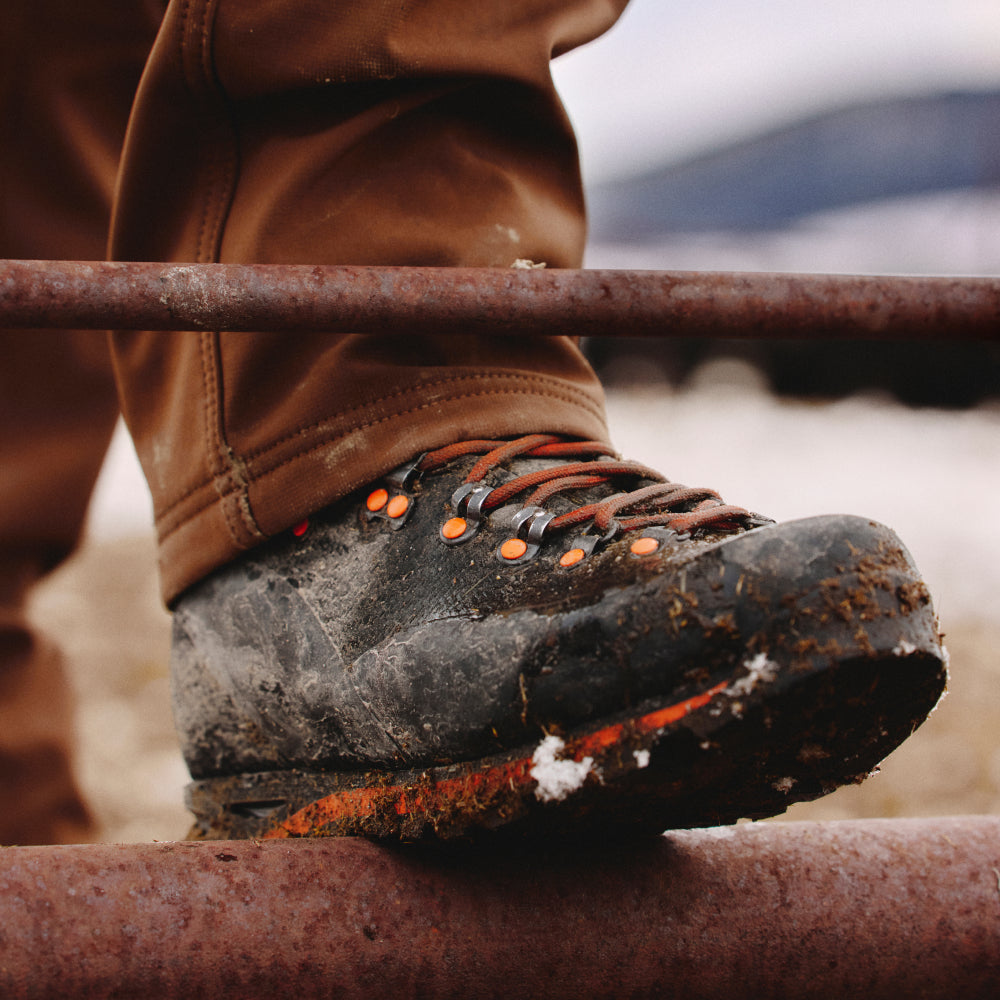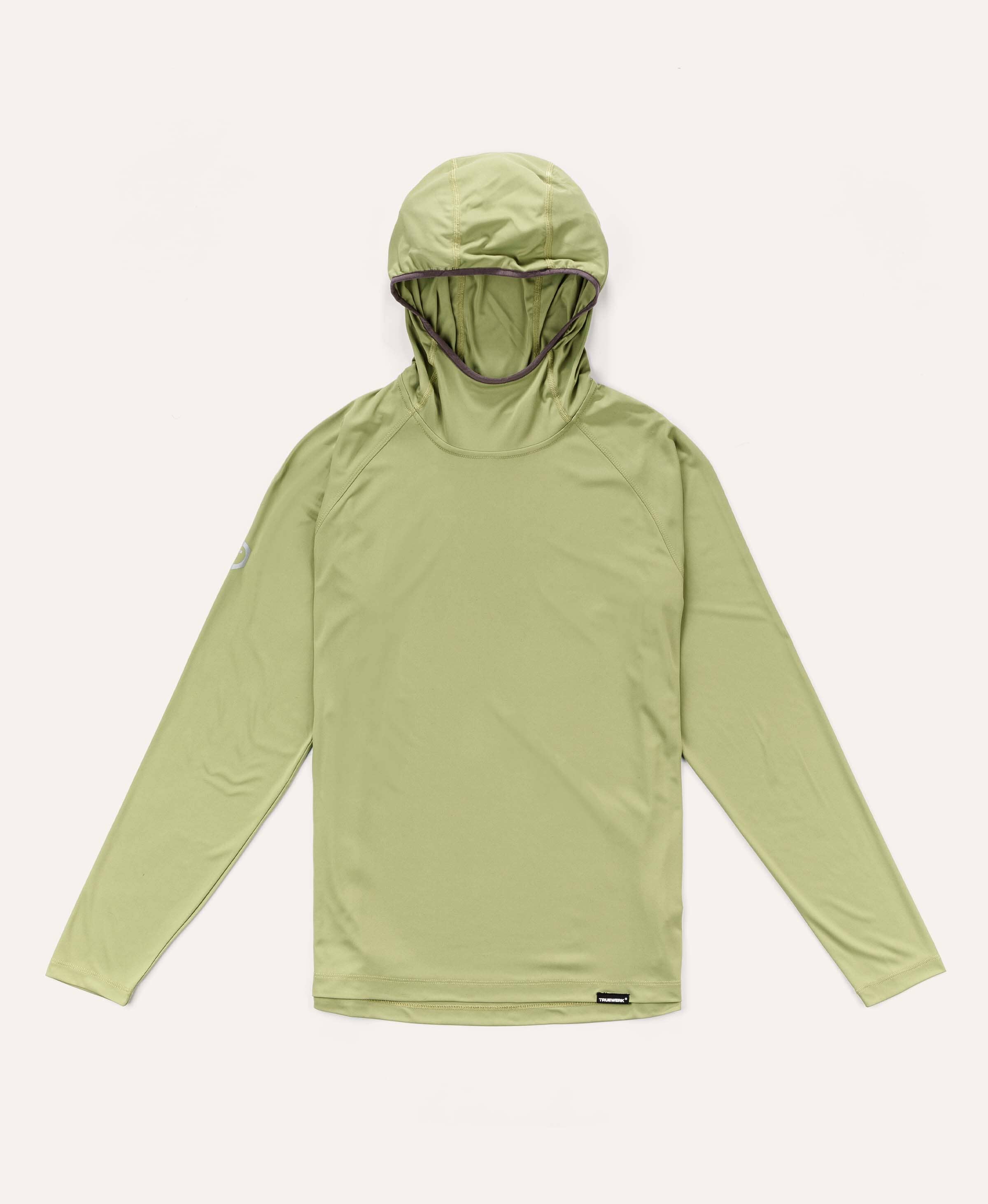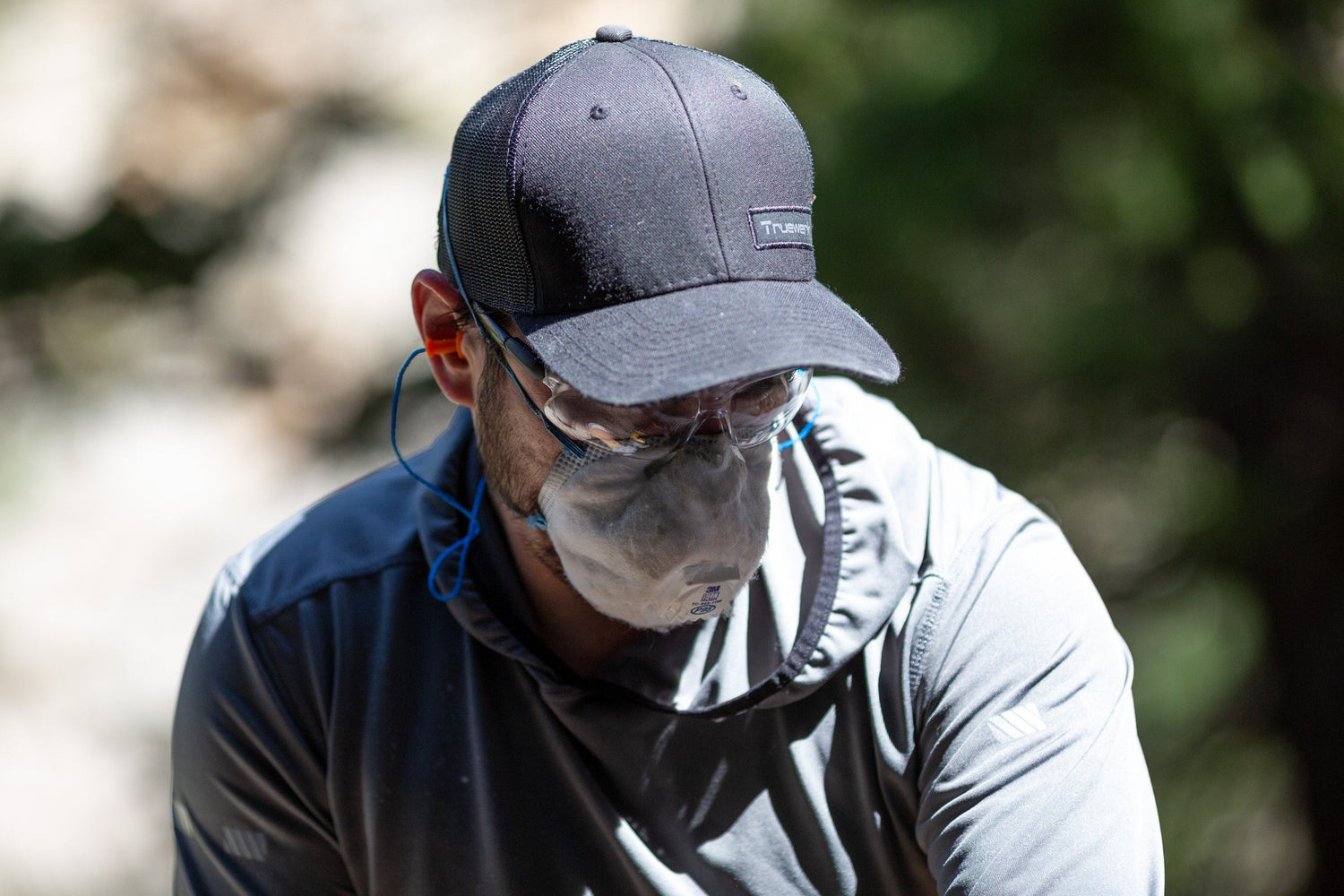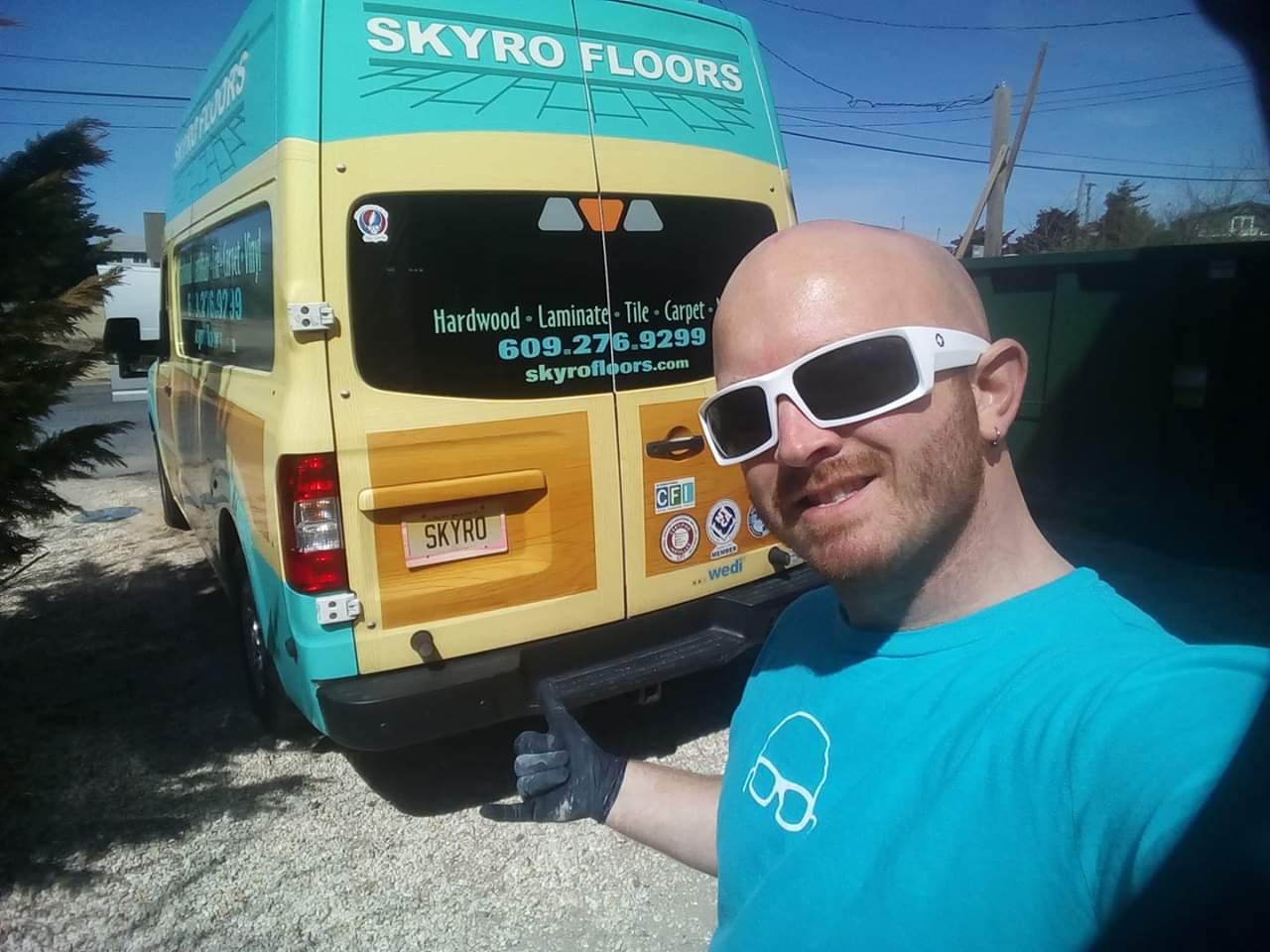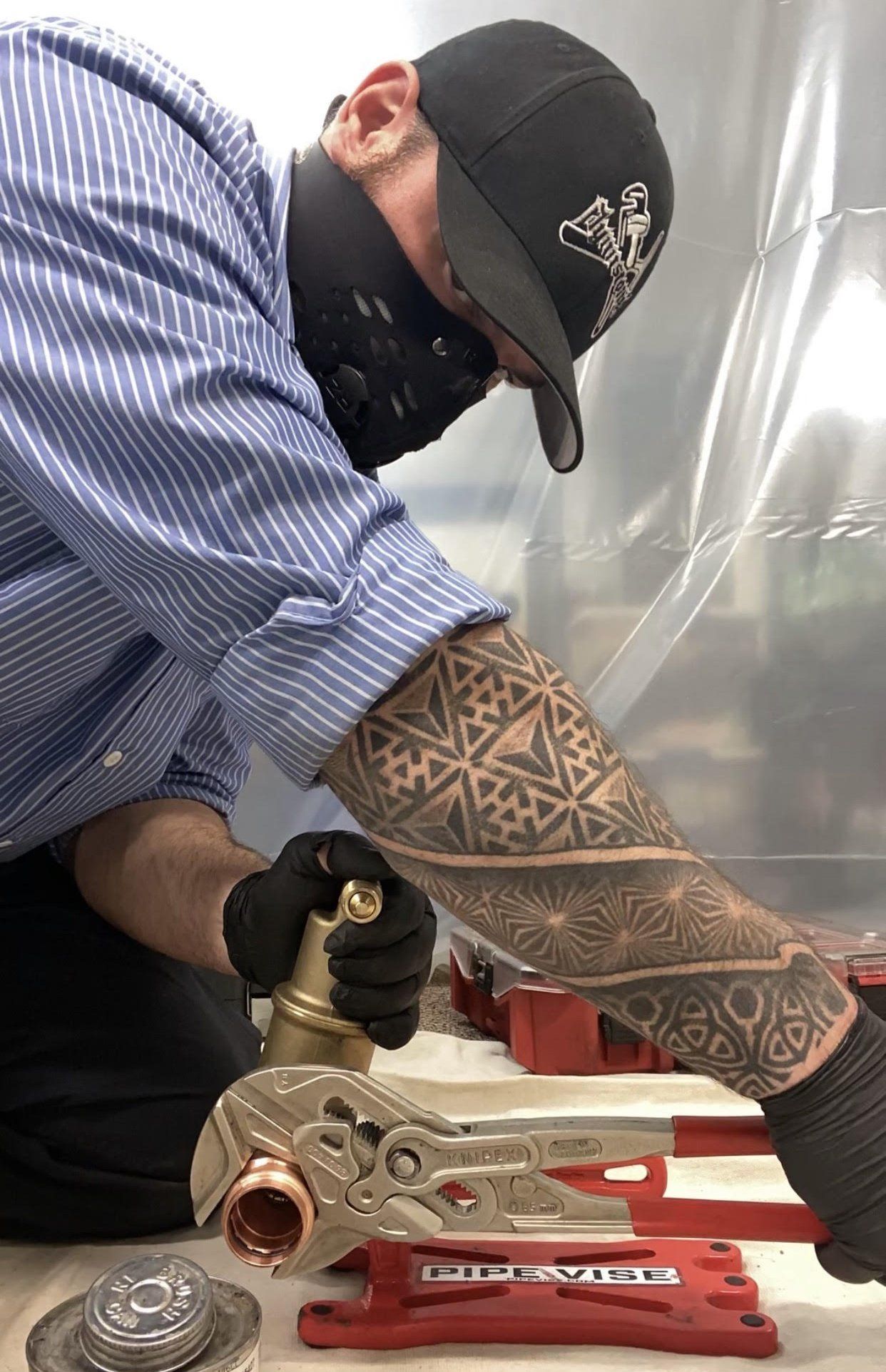National Safety Month 2020
Did you miss #nationalhamburgerday? It was last week. Take a quick cruise through what’s trending on twitter or the explore section of instagram to find evidence of what seems like an almost daily phenomenon of a new trending national something. We’re not immune, recently for National Sunscreen Day we promoted swapping sticky sunscreen for the UPF protection of our B1 Sun Hoodie. While some of these national “holidays'' of awareness may spark a good laugh (we’re looking at you, National Talk Like a Pirate Day), others grant us the opportunity to talk about subjects on this blog that are at the foundation of Truewerk’s mission to protect, promote and empower the trade community like Hug A Plumber Day and Mental Health Awareness Month.
Which brings us to *drum roll please* National Safety Month! Observed nationally every June since 1996, thanks to the National Safety Council's longstanding efforts to decrease unintentional injuries and deaths - this is an awareness month we’re happy to get trending.
Instead of recapping that OSHA training or company mandated safety course you might have taken ( which we know is about as riveting as doing taxes), we’re diving into the reality of what safety actually means, why safety practices are so important, how to talk about safety among the crew without inducing groans or eyerolls and tips for turning safety into a skill.
Defining Safety
Unfortunately, “Stay safe!” is a phrase we’ve all been hearing a lot more of lately amid the Coronavirus pandemic. While this is certainly an appropriate way to end your emails or say goodbye to a customer, pause with us for a moment to remember what staying safe actually means. Safety is not the same as health, though the two are often confused and equally as important as the other, safety is about the security of your body and its survival. Safety is focused on the instant measures we can take to remain healthy long-term, like masks to prevent respiratory damage or ear plugs to preserve your hearing - so when you’re old no one gets tired of here you say “WHAT?!”.
For more examples, check out our Healthy and Safety continuum below:

Bottom line is, in the trade industry, the level of your safety directly affects your health. It can happen right away or over long periods of time. Likewise, your health impacts your ability to remain safe, like staying hydrated so you don’t get dizzy or pass out when you’re hundreds of feet in the air working in the trees or on towers. People Too often get fired up about health, but let safety practices be the thing they reluctantly comply with because it’s a requirement. It’s about time we get fired up about both safety and health by keeping the trade community accountable for PPE and beyond.
Don’t Become a Statistic
In 2018, the NSC reported 4,493 preventable injury-related deaths and 4.6 million medically consulted injuries. Meaning more than 4,000 people went to work one day and never returned. The data tells us the chances of getting hurt on the job are incredibly high and, according to OSHA, the industry experiencing the largest number of preventable injuries was construction with 1 out of every 10 workers experiencing an injury every year..
NSC breaks it down even further stating that 85% of all work-related injuries fell into one of three categories:
- The most common injury, reported by 30 out of every 10,000 full-time workers, was related to overexertion. The 45-54 age group is most at risk for this type of injury, and the back is the most frequently injured part of the body.
- The second most common injury, reported by 23.2 out of every 10,000 full-time workers, is related to contact with objects or equipment at work. At manufacturing sites, this type of injury is sometimes referred to as being in the "line of fire" in the path of a moving object. The most common age group at risk for this type of injury was between 16 and 24 years old.
- Close behind are slips, trips and falls, which were reported by 23.1 out of every 10,000 full-time workers. Workers aged 55 or older were most at risk for this type of injury.
We could have an entirely different blog post about why these age groups might be the most impacted and what it means for the industry, but what we want you to take away from these three categories is this: these accidents can be easily prevented. These numbers aren’t meant to scare you, they’re meant to inspire you to make a commitment to yourself and your colleagues to keep from becoming part of the data.
Working in high-risk environments - which is the case for virtually all of our customers that make their living performing skilled, physical work - makes safety education and awareness all the more crucial. Safety simply cannot be an afterthought - It’s both a requirement and a responsibility, so you should treat it as such.
The most common advice we’ve come across - and even if you’ve heard it before it’s worth saying again - when adopting safety as a responsibility, take a minute and slow down . Here’s some tips to keep in mind to help you do just that:
- Consider what could go wrong and how you’ll prevent problems
- Use labels and other safety information that is available
- Inspect tools and equipment regularly
- Pay attention to what you’re doing - for those of you that use saws daily we all know it takes just one second of distraction to take the finger.
- If you don’t know what to do when it comes to best practices, ask for help
- Take your safety training seriously, it’s not a day off
- Always keep your PPE on at the job site and keep extras close by
- Listen to your body and brain: are you in the right state of mind or level of health to perform the job safely?
Broaching the Subject
Look, we get it. Harping on safety is “boring”, almost no one logs on to Instagram or YouTube looking for posts about how to handle safety. However, we owe it to ourselves, and those around us, to ensure that safety is welcomed topic of conversation. Reminding a colleague to put their PPE back on can fall on deaf ears or seem to create uncomfortable tension - giving a sense of Big Mom Energy - but saying something could be the difference between a productive day on the job and being sidelined with an injury.
Asserting your advice can be an uncomfortable experience if you aren’t sure what to say or how to say it. It makes it even harder when your peers may be reluctant to accept the safety reminders whether it’s because they don’t like being told what to do, they don’t believe they’re in danger or they see aggression where you see assistance.
When you finally do say something, it’s tough to convince a coworker that their behavior is unsafe, especially when he or she may have been doing it that way for years without any consequences.
Research psychologist, Steve Casner, tells Safety & Health Magazine, “Experience is such a huge factor when it comes to compliance and thinking about safety messages. On the one hand, experience tells us what to be on the lookout for. On the other hand, experience is what allows us to feel confident enough to cut corners, to skip steps, to break from the safety protocol.” He goes on to say it’s our human nature to overestimate our abilities and underestimate the risks we face while doing it. We have the attitude that bad things are more likely to happen to others than they are to us - the “I’ll be fine, it won’t happen to me” mentality.
To overcome this issue together, start thinking of safety as something personal. You can discuss mitigating risks and remind people relentlessly to use PPE, but it’s important to remember that you practice safety measures to make sure you and everyone around you gets home in one piece. There are a few simple ways to make the conversation around safety more personal and more compelling.
Try sharing a story you’ve been impacted by or even recently read. The story should be only about 15-20 seconds long - just enough to get engagement and hold attention when you get to the reason you shared the story. For example, “I knew a worker who was injured doing that on the job. After a few surgeries and three months of recovery, he managed to come back to work. Unfortunately, he was never the same.” Then, get to the punch of suggesting that they correct their behavior. This approach is casual, personal and persuasive. And, let’s face it: Sometimes fear is the best motivator. As the saying goes, “Carefulness costs you nothing. Carelessness may cost you your life.”
The story doesn’t always have to focus on the negative impacts of not being safe, it can highlight the positives of being safe. Identify some ways safety has helped you excel and share those moments. Perhaps you took the time to check the tools before a big project and realized something vitally important was broken or missing ahead of time, you were able to create a solution and on the job site, this preparedness created a smoother and safer completion.
To get even more personal, share your flaws. Maybe you often forget to do something yourself, ask for the reminder and offer to have their back on whatever it is they’ve been forgetful about too. You can even simply ask, “Hey, can I watch out for you?” People want to feel protected and will say yes, this opens the door for you to have permission to politely nudge them when they’re safety practices aren’t up to par.
When all else fails, lead by example and encourage those you’re already comfortable with to do the same.
Building a Safety Culture
One of the best ways to make safety conversations comfortable is by creating a culture that demonstrates care, concern and embraces safety in a positive way - instead of a nagging one. As a business, you must value safety and encourage a collaborative environment. No safety manager or one individual can keep an entire crew safe on their own. You’ve got to work together to create a healthy atmosphere where everyone looks out for each other.
We know that’s easier said than done and doesn’t happen overnight, so we’ve rounded up four of our favorite tips:
- Create an open door policy. Society Insurance writes, “The average employee spends at least 40 hours per week at work, and they tend to have a pretty good idea about the hazards they face daily. Encourage employees to bring these topics to management. Empower employees to give suggestions on how to fix safety issues. Praise employees when they make recommendations and follow through with suggestions.”
- Stop the blame. Don’t create punishments or place blame when an employee engages in unsafe behavior. If too much fear is instilled, crews aren’t likely to report accidents to management. Give your employees guidelines, but also the ability to let you know if they can’t get the job done safely with the resources they’ve been given whether it be time or environment. They have to be able to feel like they can work with you to uncover the small issues that could result in bigger problems.
- Give safety pep talks. Look out for signs that the crew is getting lax about safety. EHS Daily Advisor outlines some examples. If it’s just a few folks, sit down individually and create a personal conversation to correct the mistakes together. Sometimes, just a reminder is enough. If it’s the group as a whole, setting aside time to talk about safety issues is always going to be worth it.
- Make it the new norm. Talking about safety daily and getting everyone involved will make it easier for peer to peer advice-giving.
We recommend using this printable OSHA handout as a guide for better safety conversations, and don’t roll your eyes at OSHA - just because it comes from them doesn’t mean it's not useful. Plus, this year, the NSC is dedicating an entire week to building safety culture and providing free materials. You can download the toolkit here.
Furthering Your Commitment
Safety is complicated and all the training in the world won’t prepare you for some of life's unexpected moments on the job site, but keeping safety top of mind and incorporating it into your professional growth plans will raise your ability to react in the best possible way and instill a confidence in yourself needed to face challenges. Safety is more than PPE and jobsite knowledge, it’s also self-awareness and preparedness.
As safety takes the spotlight this month, consider investing time into education resources, podcast or YouTube channels and new tools.
- Watch:
- Listen:
- Learn:
- National Association of Safety Professionals
- American Red Cross
- American Society of Safety Professionals
- The Construction Association
- SyncLX "Safety Training That Doesn't Suck"
- Mastery Training Services
- Use:
- ProCore - Jobsite tool to measure risks and progress
- National Safety Council Safety Month Toolkit
Truewerk aims to empower you to be the best you can be. That’s why we put so much thought into everything we make and why we want you to put thought into how you take care of yourself from what you get dressed in every morning to how you protect yourself on the jobsite.
Comment below to share your thoughts. Plus, tag us on Instagram @Truewerk and use any of these hashtags - #NationalSafetyMonth #SaferTogether #NSM - to show us how you’re embracing National Safety Month.
